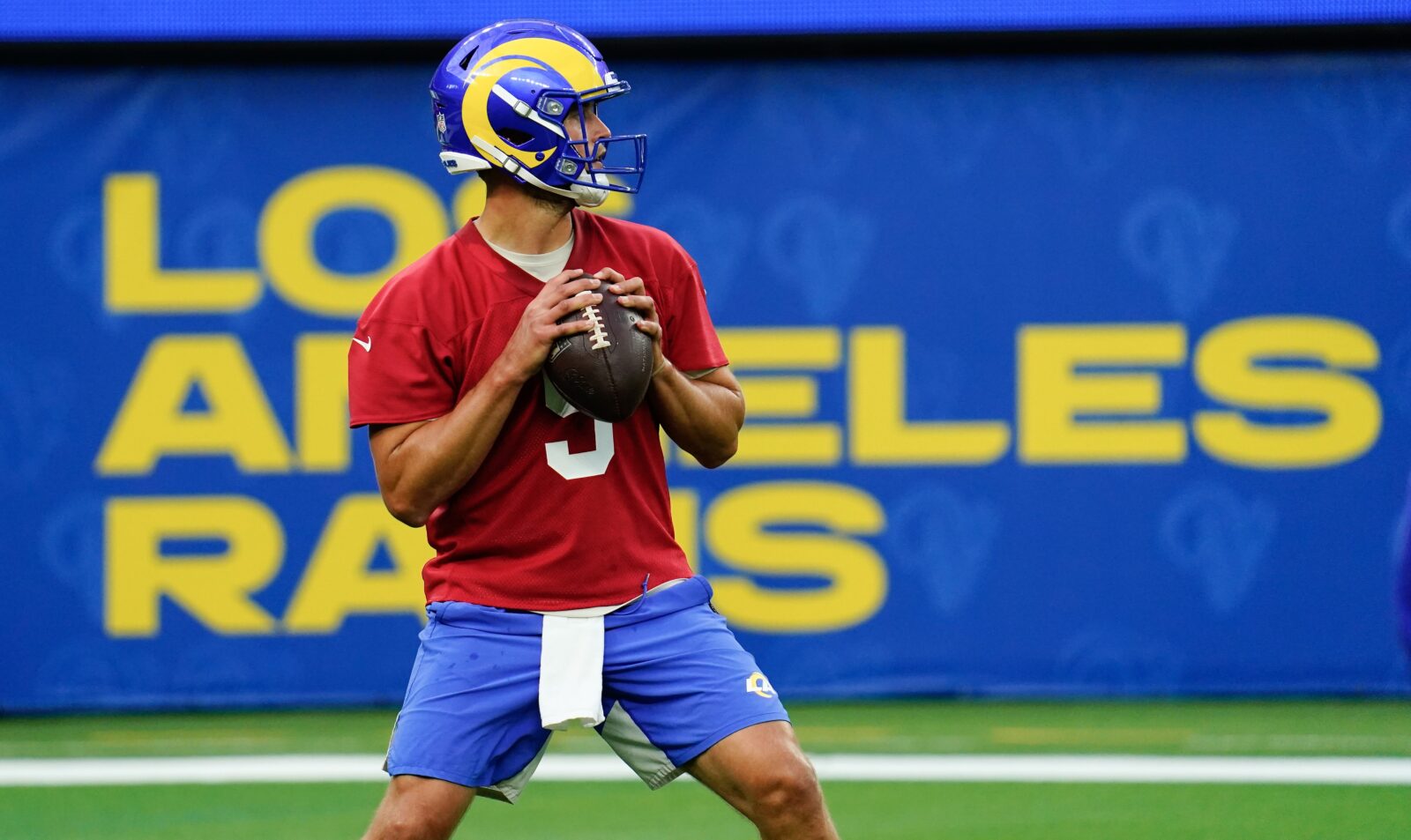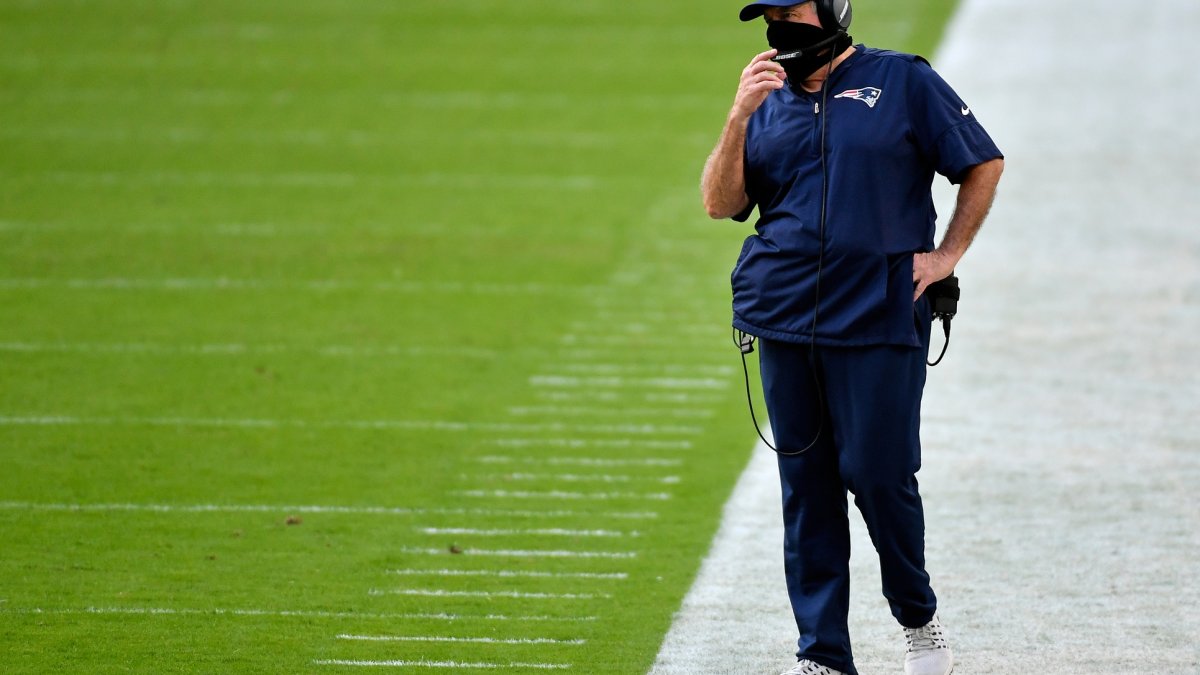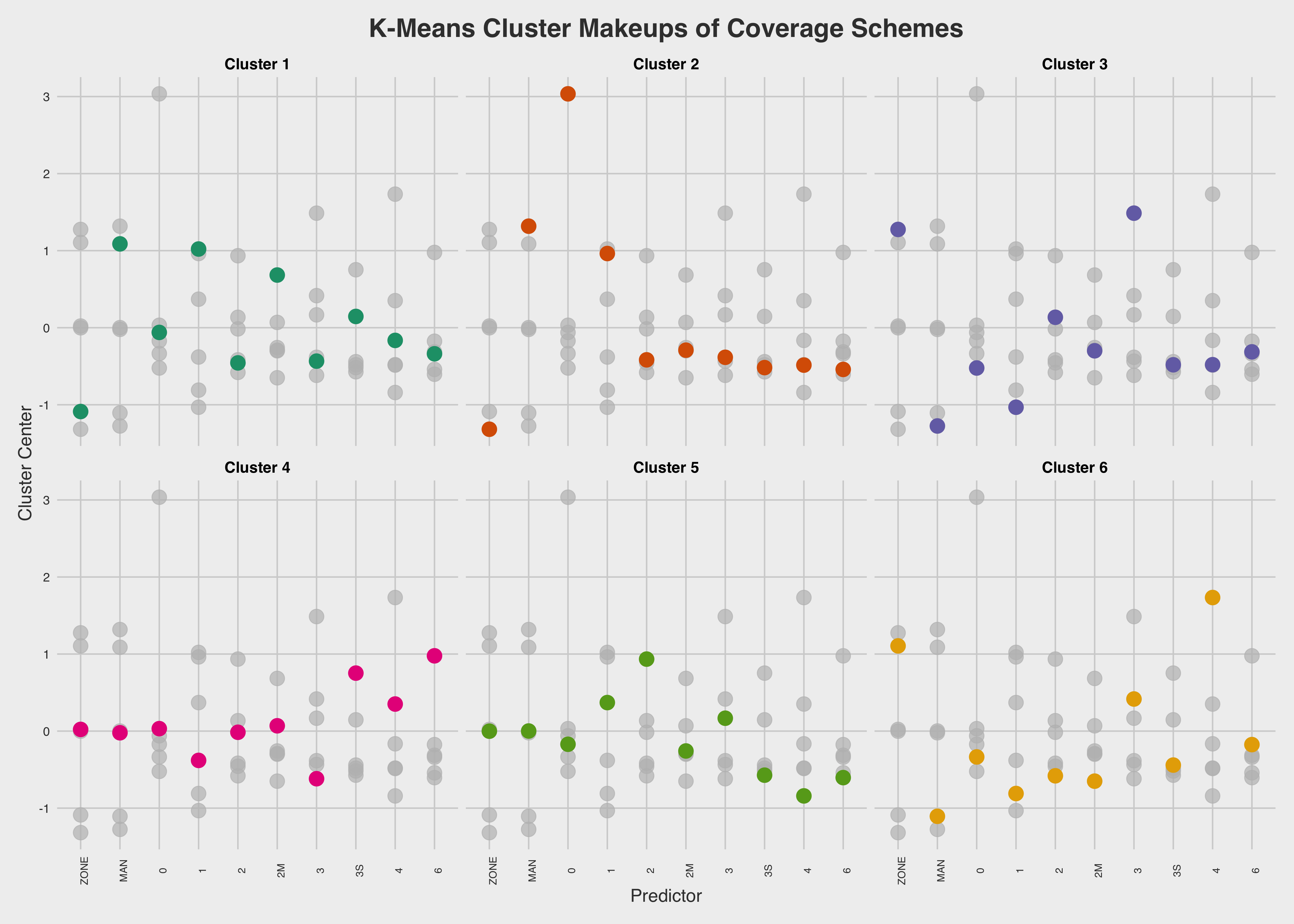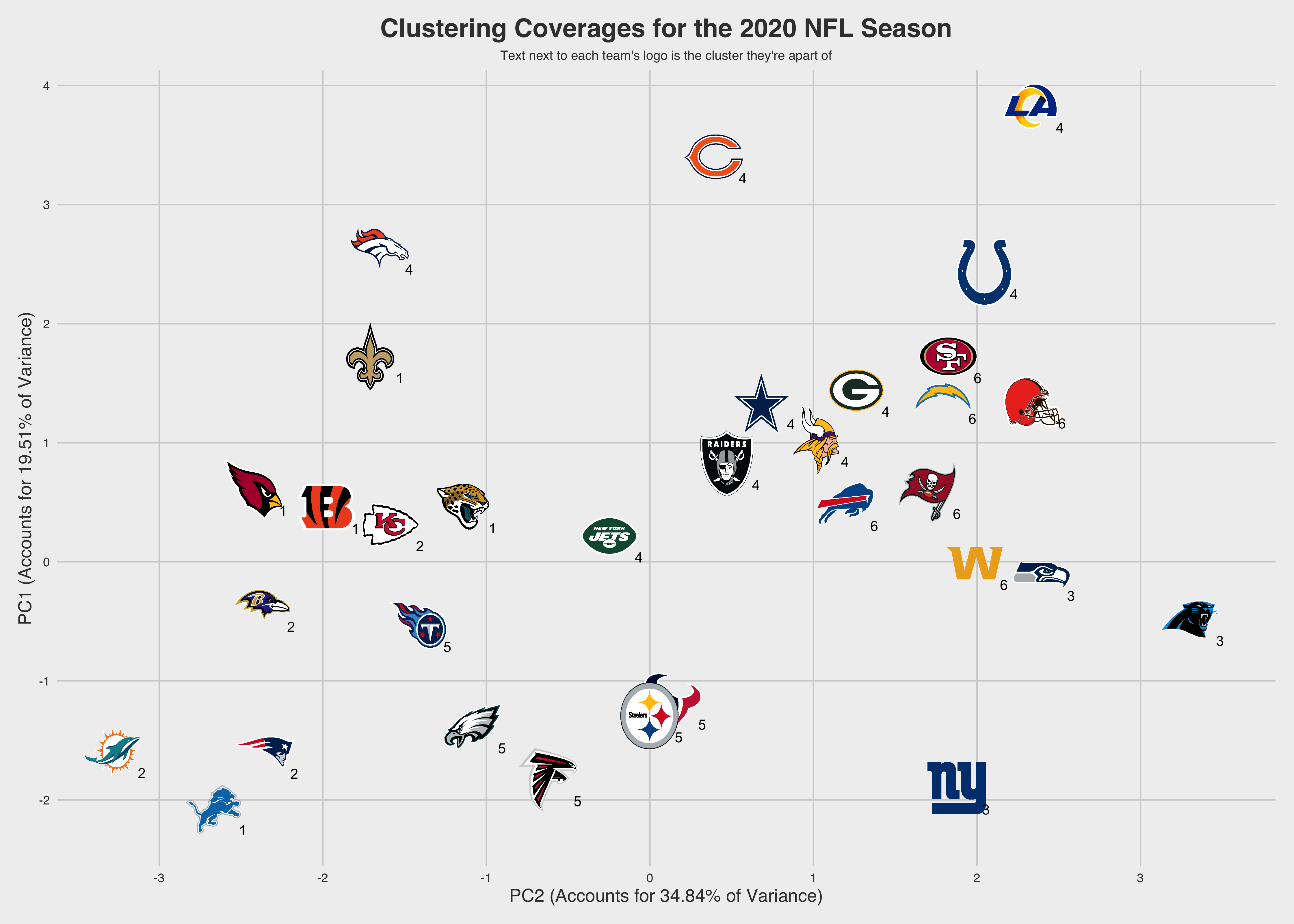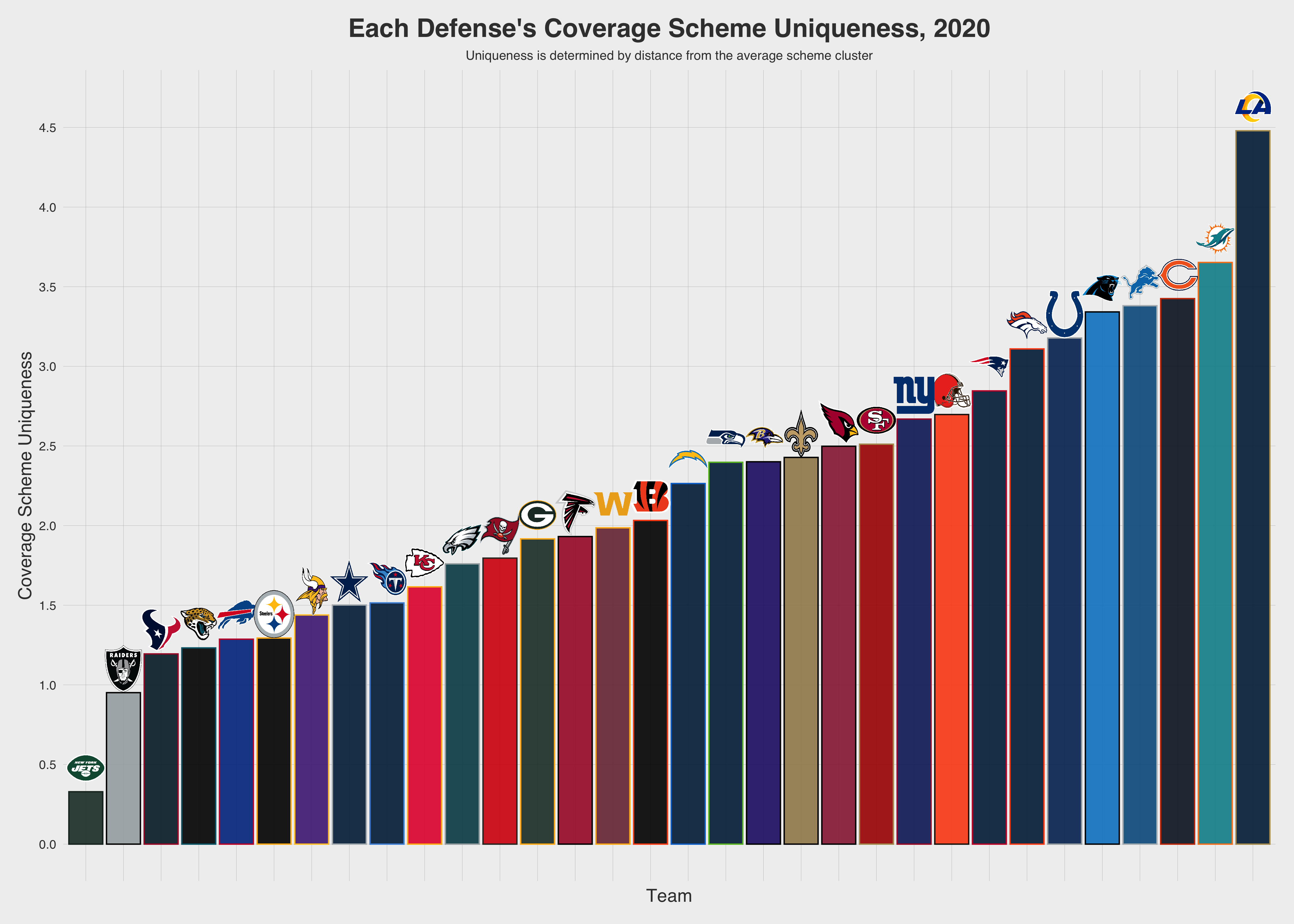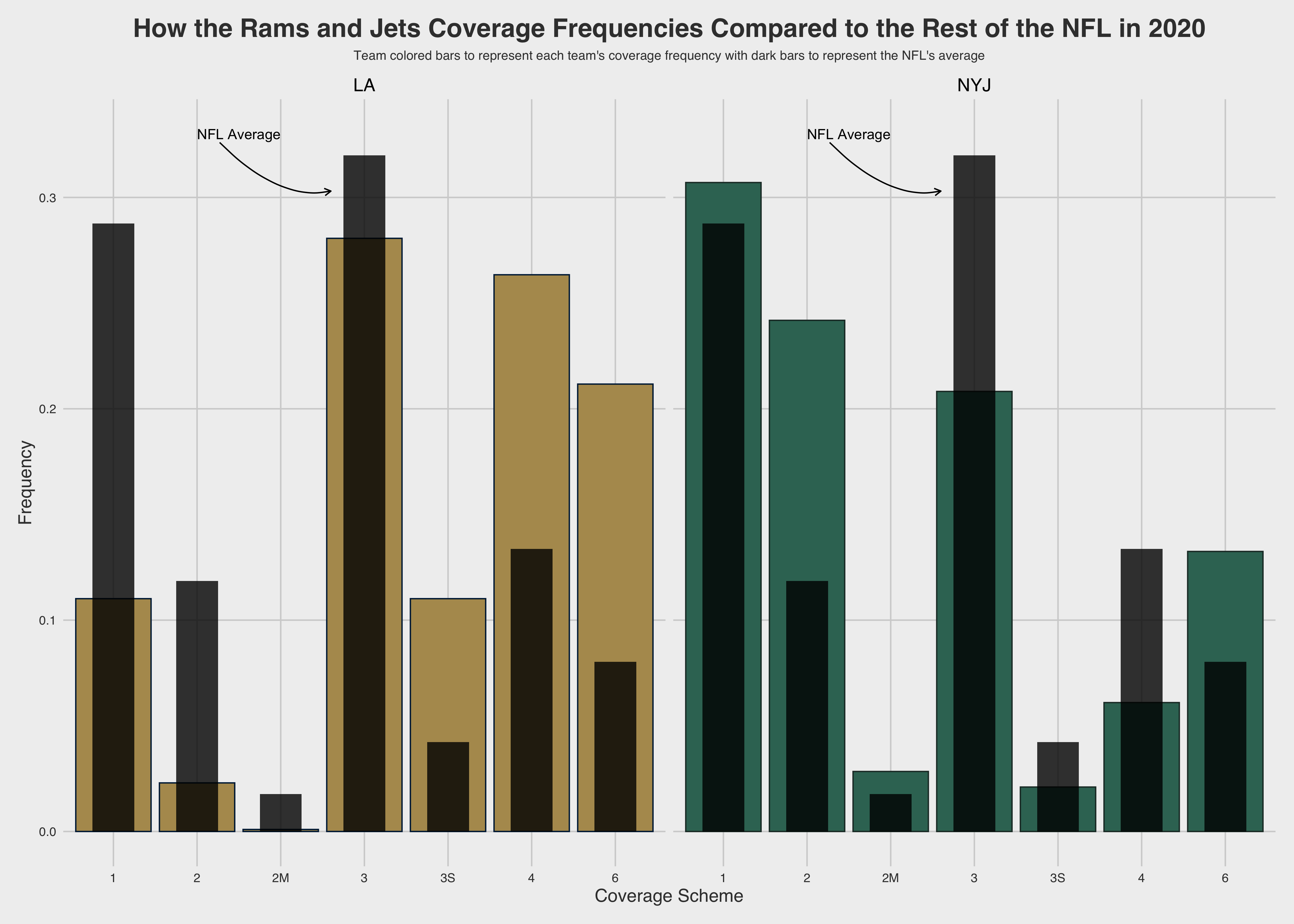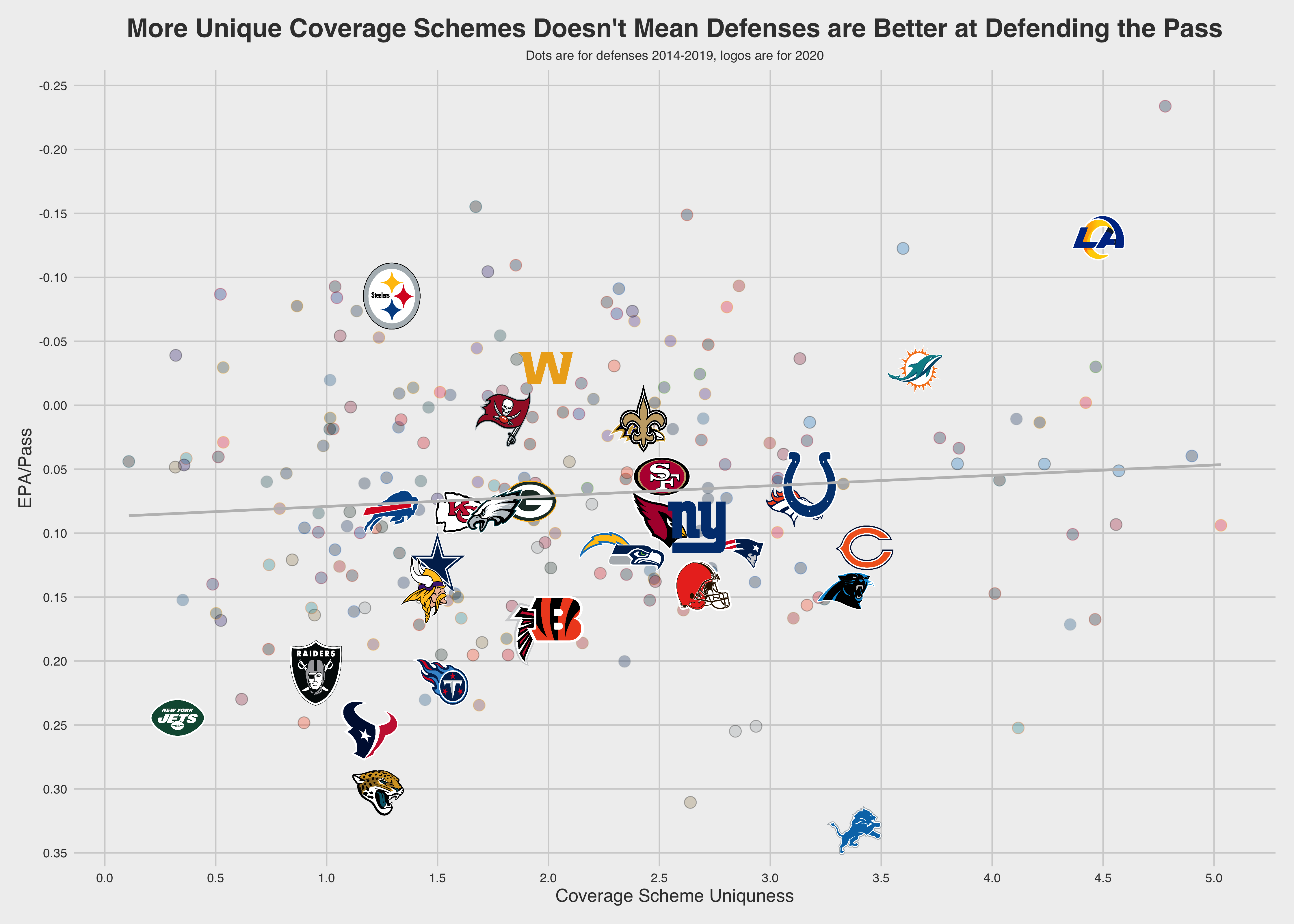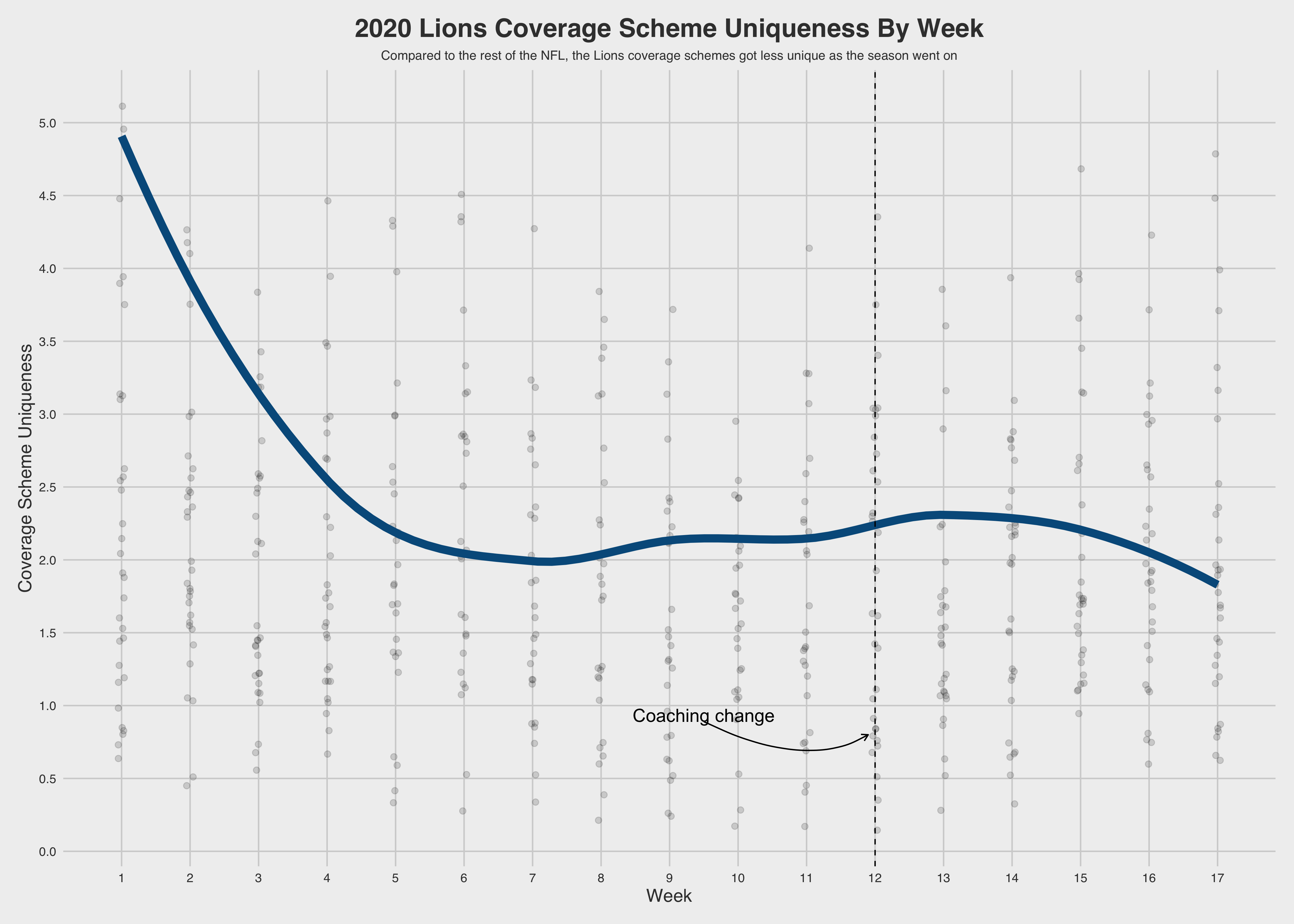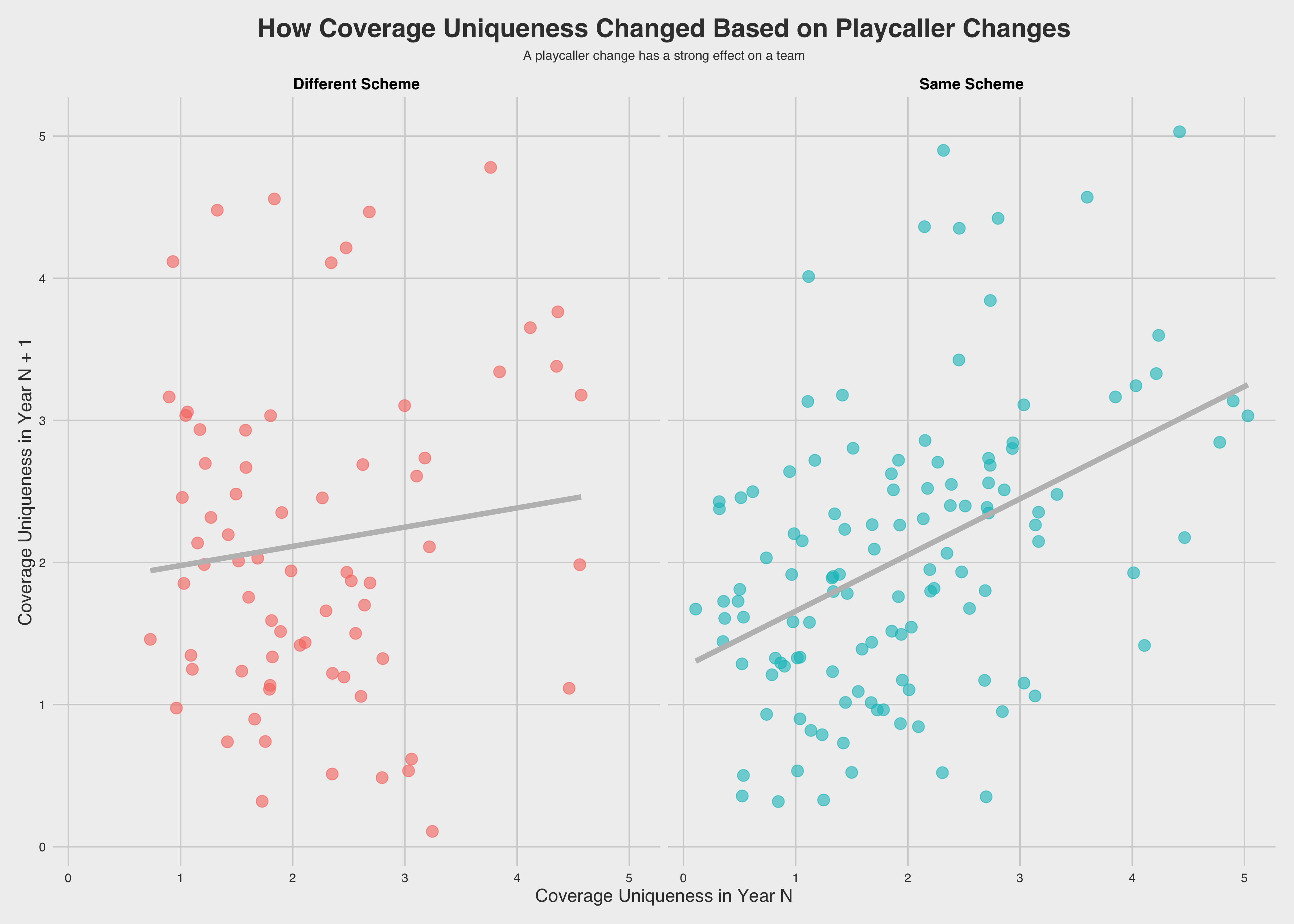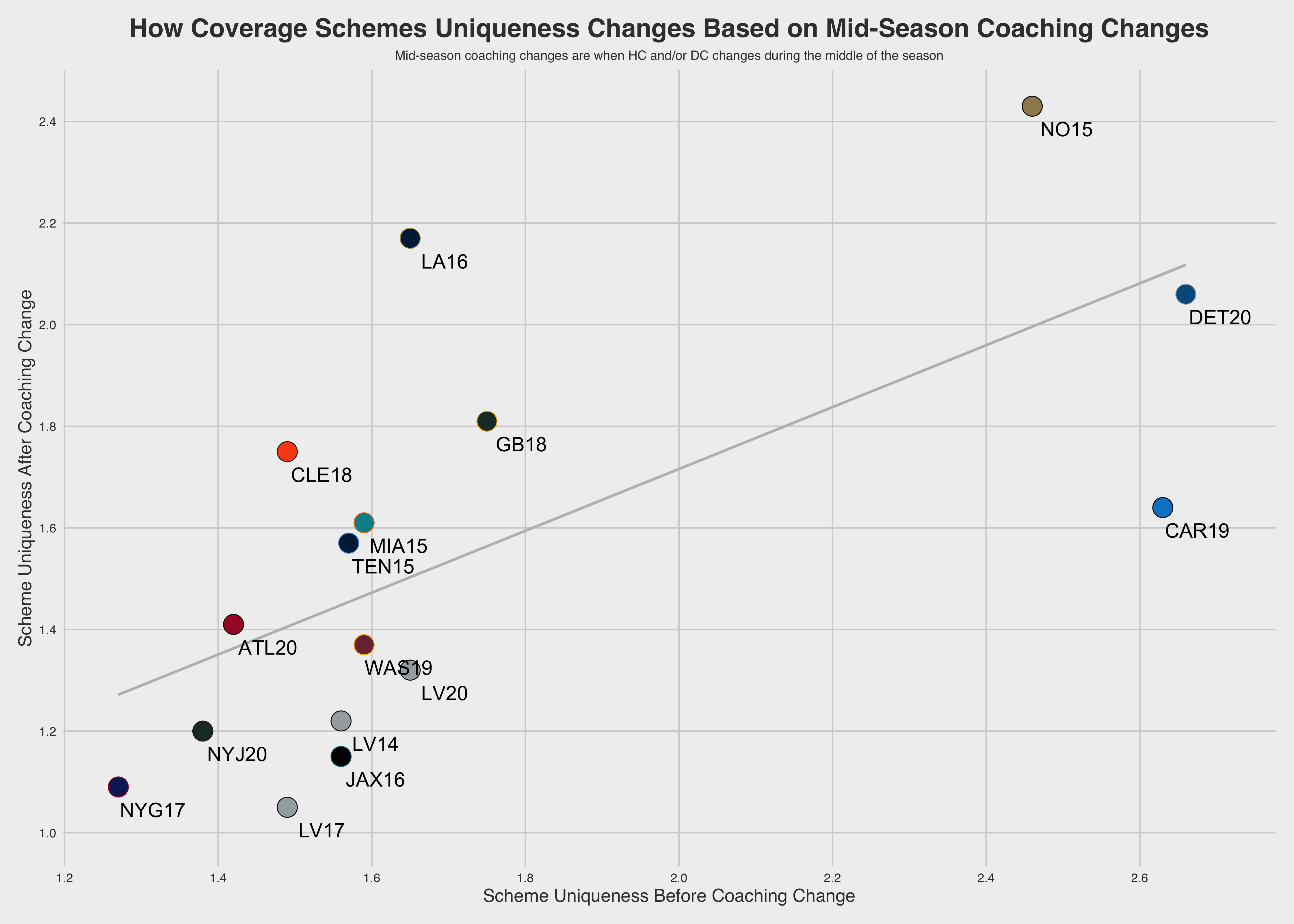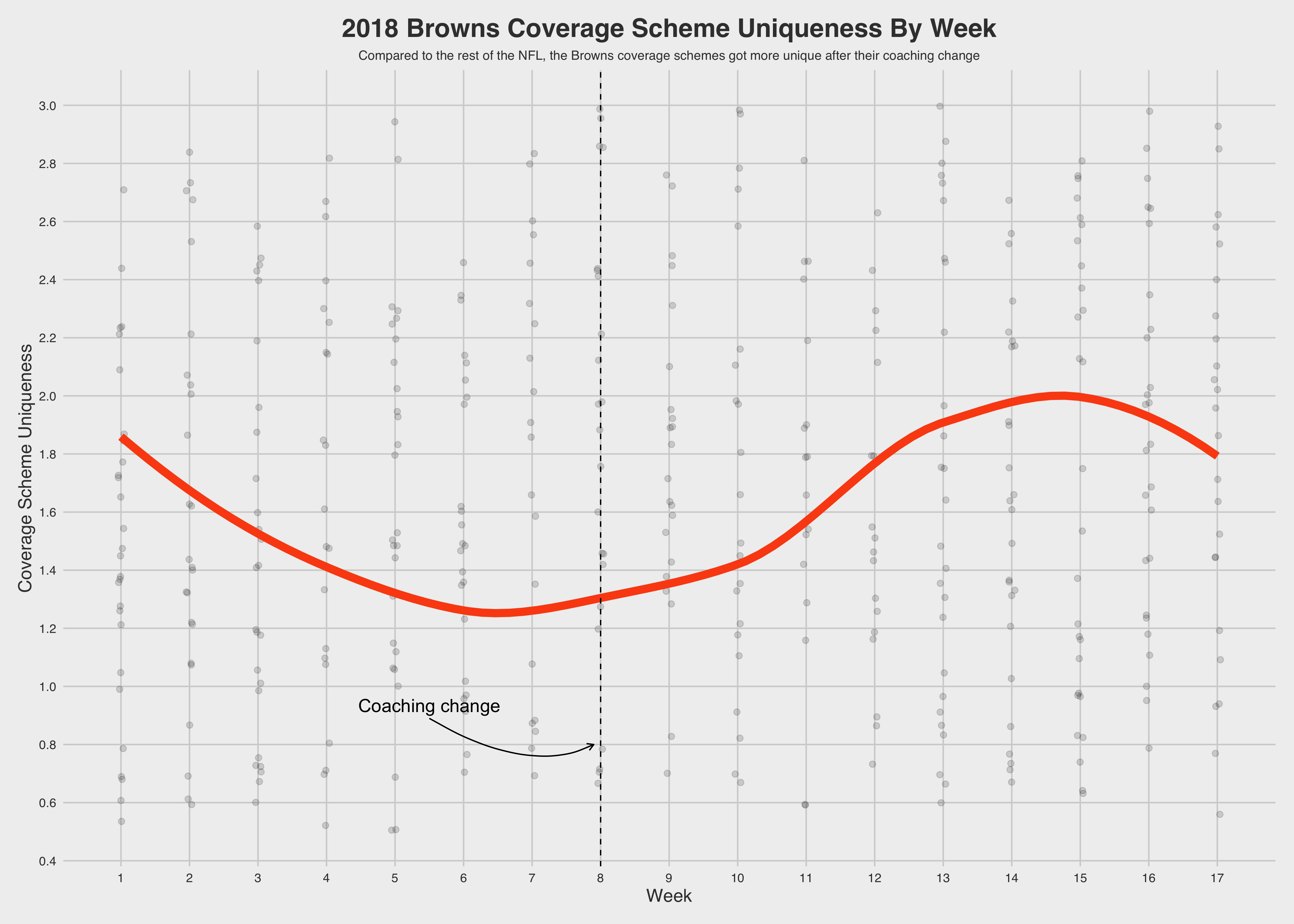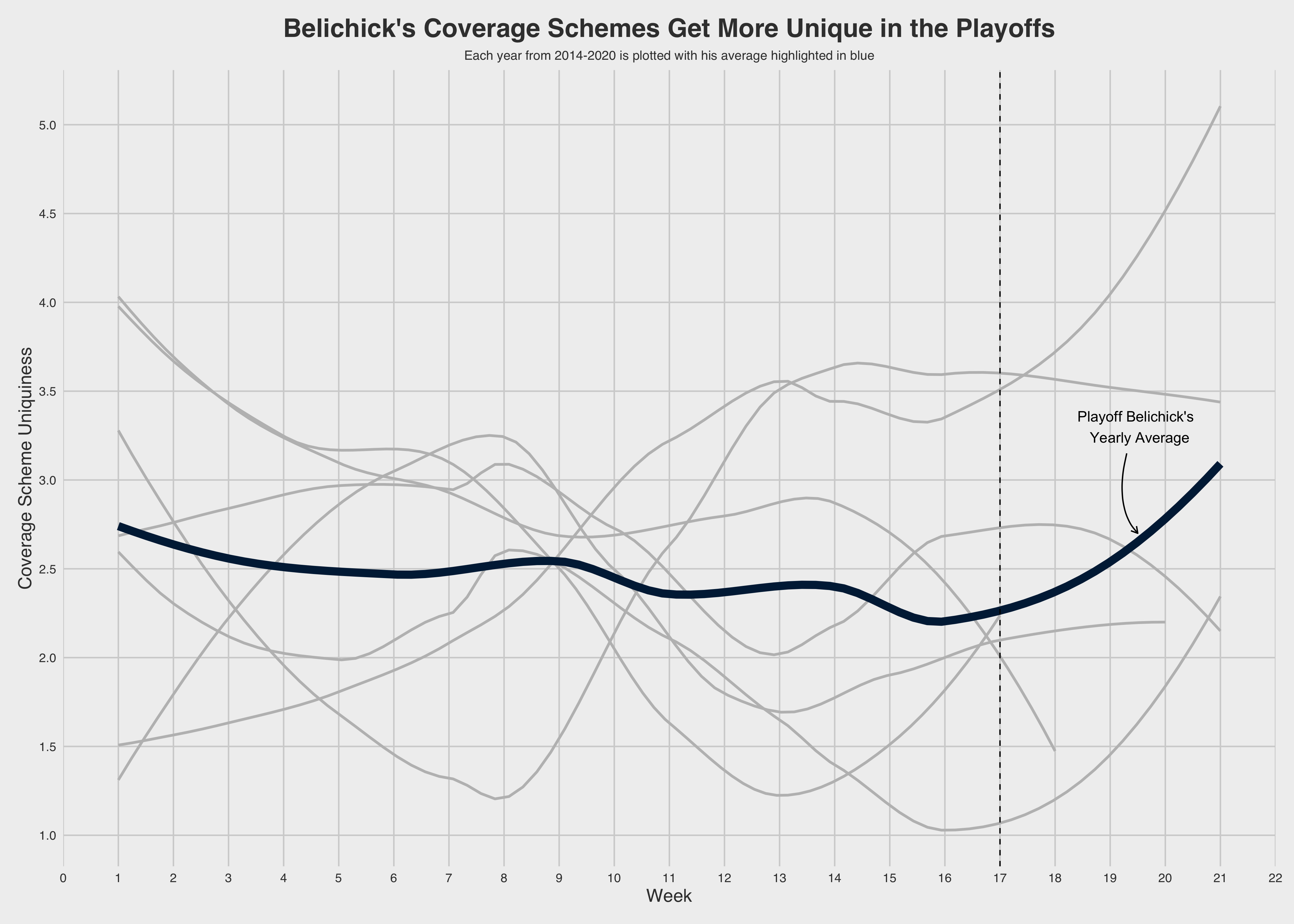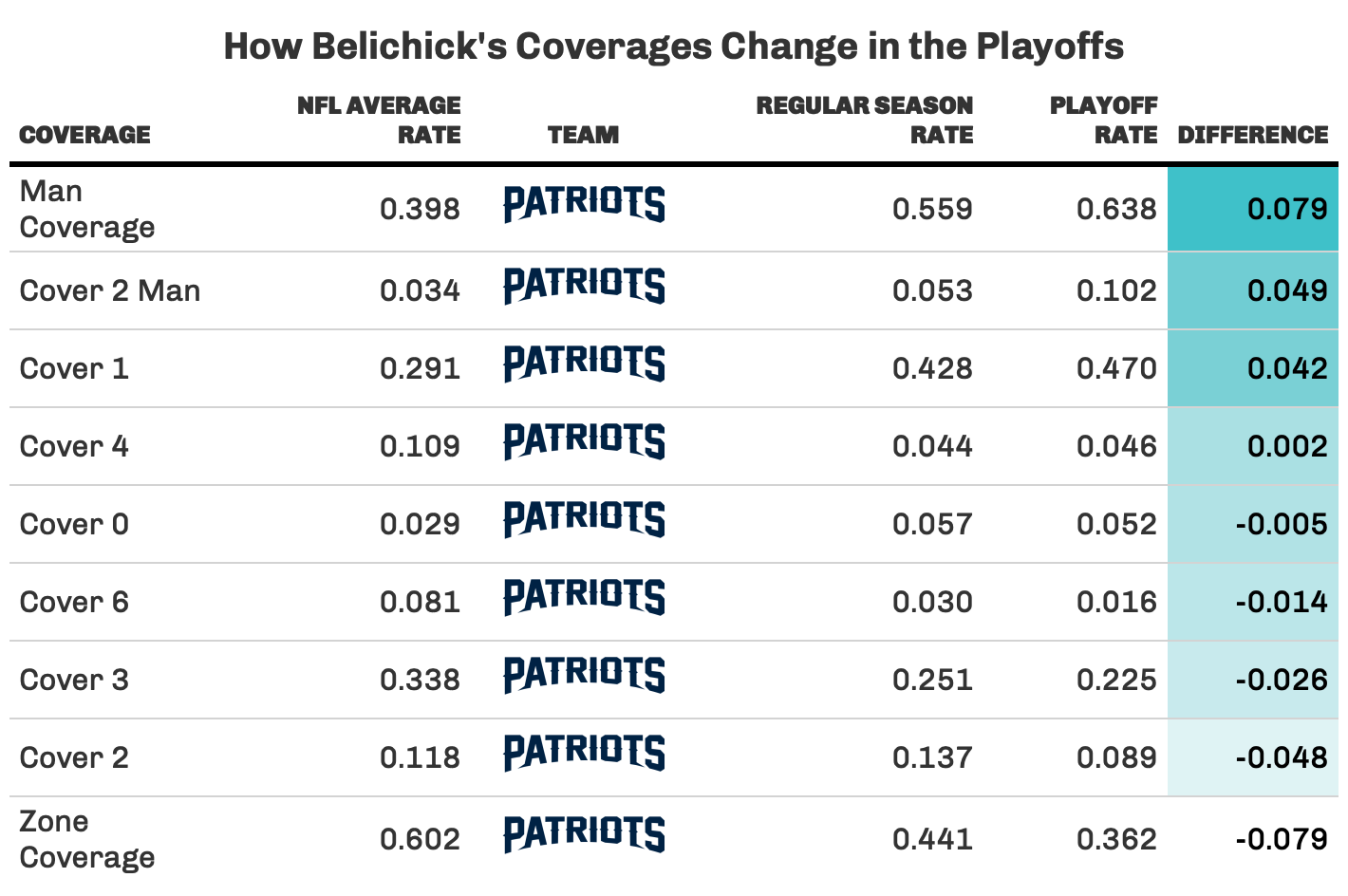Once again, the Rams will have to name a new defensive play-caller. A look at who has served at the position and who may in the future.

www.lafbnetwork.com
Who Will Be The New Defensive Play-Caller For The Rams?
The Rams Defensive signal-caller has been a revolving door for years. The last player to hold the position for more than one year was Alec Ogletree who wore the green dot in 2016 and 2017. He was then traded to the Giants for a fourth and a sixth-round pick and was replaced by Cory Littleton. Littleton excelled in 2018, but he was replaced by veteran Eric Weddle in 2019.
The move to Weddle made sense since he had experience in the role in Baltimore. The bad thing about experience is that it generally only comes with age. Eric Weddle retired after the season.
Of course, that brings us to 2020 and John Johnson. He was enthusiastically installed in the position by defensive coordinator Brandon Staley. Staley was correct in his assessment of Johnson. They both wowed as the Rams went on to have the best defense in football. They captained the Rams defense so well that Johnson priced himself out of the Rams’ meager free agency grasps and Brandon Staley jumped ship for a promotion to head coach across town.
So the proverbial door continues to spin as the Rams season creeps slowly closer with no decision yet made on who the new Rams defensive play-caller will be. Of course, it’s not terribly hard to narrow it down. The role is generally filled by a safety or a linebacker. But a look at who Raheem Morris has selected in the past can shed some light on who he would prefer to communicate with on the in-helmet transmitter.
Morris served as defensive coordinator while he was also the head coach in Tampa Bay in 2009 and 2010. Morris remained head coach in 2011 but hired Keith Millard as defensive coordinator for that season. There, Morris inherited the tackling machine Barrett Ruud as the play-caller. Ruud remained in the position until 2010. But after that season the team allowed him to walk in free agency. For 2011, Morris looked to rising rookie linebacker Mason Foster. This would be Morris’ last season as the Bucs head coach.
Most recently, Morris was promoted to defensive coordinator in Atlanta for the 2020 season but took over as head coach when Dan Quinn was fired after the team went 0-5. There Morris retained Deion Jones as the play-caller. Jones had been the play-caller for several years before Morris became DC.
What do all these players have in common? Well, they are all middle linebackers and, thus, all are roughly the same size. None were drafted particularly high. Ruud was the highest going in the second round, 36th overall. Most were even fairly mediocre from an athletic perspective. Ruud was a veteran and was already in position when Morris named him the play-caller, but Morris also tagged a rookie that he drafted with the green dot. As Falcons DC, he also named Jones a team captain for the first time
So in terms of what Morris is going to do with the Rams for 2021, simply looking at traits and observables won’t help narrow it down. For that, we will need to take a look at what he has said about his former signal-callers.
Of Ruud, he said, “Ruud is a selfless player.” And when asked about how he felt about Ruud’s departure in free agency Morris said, “Obviously personally for me and Barrett, I’m going to miss him to death,” said Morris. “Ruud was more than just my Mike backer, he was a close friend as you guys all know.
Of Foster, Morris said “You really have to give a guy like Mason credit for what he’s done. This is a kid who’s been put in a man’s role and he’s done an exceptional job. He’s in there every week now calling the defenses and changing defenses and he’s really become the quarterback there. I don’t know of any mike linebacker in our system that’s come in and done that as well as he’s done it.”
And after he saw Foster at the Senior Bowl he told Bucs GM Mark Dominik, “’I’d like to have that guy in my huddle.'”
After a tough game for Foster in Minnesota Morris said “…to play with the energy that he played with time in and time out, of course, he had a couple of mistakes, no doubt about it, that’s just like my whole football team.
They’re going to have mistakes, but [it’s] the understanding of those mistakes and his ability to come off and correct those things. He’s really showing growth and his development. It’s well beyond his years. It’s awesome.”
Morris included Deion Jones with Julio Jones, Matt Ryan, and Grady Jarrett as players that lead the team like Michael Jordan would. He said of the four, “So, when they watch [The Last Dance] as a leader [they see] how to pull a person along, how to bring them along, how to get people to a different level.”
Atlanta also promoted Jones to team captain in large part to his mentorship of younger players, especially when development was being done remotely due to COVID-19 protocols.
So with all that, the type of player that Morris will be looking to must be team-oriented with an ability to teach and mentor his peers and younger players. The player must be able to learn from his mistakes and be a quick learner that can persevere and play hard on every down, (Jones played 96% of Atlanta’s defensive snaps and Johnson played 100% last season for the Rams). And of course, he must be an exceptional leader.
So with those things in mind here are the candidates on the Rams’ roster.
Terrell Burgess
What Terrell Burgess can be for the Rams on the field is still a mystery. He missed a large chunk of last season with a broken ankle that left him unable to walk for two months. Adding insult to injury, Burgess was having the best game of his career before he was injured late in week seven against the Bears. Until that game, he had mainly been used on special teams, but he was finally getting some playing time.
What makes him a candidate for the Rams defensive play-caller is how he responded to the injury. Because of COVID restrictions and the nature of his injury, Burgess was isolated from his team. But even from his recovery room, Burgess was trying to lead his team. He stayed in contact with his team through text messages throughout the wins and losses of the season.
He became the biggest Rams fan on Twitter during games, cheering on his team as loud as he could from his very distant sideline. It was the only thing he could do, but he did it.
In his short time with the team, he is a stand-out teammate. Jordan Fuller calls him “…one of the most supportive people, one of the most positive people you’ll come around.” And this has earned him the buy-in of players team-wide. When you are the guy everyone wants to be around then you are already a team leader.
Whatsmore is he has shown perseverance and a commitment to playing football. Of his recovery, he said, “That was a long process … I didn’t realize how long I was not even going to be able to bear any weight. That was the longest I’ve ever sat out. … I’m definitely going to be a little nervous in the beginning. But I’ll be ready, for sure.”
Seven months later, Burgess shows up to OTA’s and is playing at 90-95%.
Of course, Burgess will have to make a jump to being a starter to get the green dot and will have to do so in a crowded safety room. Ironically enough, what may keep the job from him may be his versatility. That could thrust him into Troy Hill’s role, switching into nickel coverage.
Regardless of any official role as the Rams defensive play-caller, Burgess will be a leader on the team and only benefit whoever is given the role, if it isn’t him.
Micah Kiser
Could it finally be Micah Kiser’s time? He is heading into his fourth year but has missed significant time due to injury, including all of the 2019 season. He was thrust into the starting position last season with the departure of Cory Littleton. When he was healthy, Kiser played as a three-down Mike linebacker.
Prior to the 2019 season, Wade Phillips was looking to Kiser to take a larger role in the defense and saw him as on the same path as Littleton as far as his development was concerned. Kiser was a leader on this college team at the University of Virginia. He led the team and the ACC in tackles for three seasons and he was also a team captain during his senior season.
There are a few things standing in his way. One, he was looked over in the past for the position. Two, the Rams added another inside linebacker with their second pick in the draft. Three, despite being available in last season’s playoff games, Kiser played zero snaps on defense. They opted to stay with Kenny Young, who filled in while Kiser was hurt.
Kiser will have to really shine this season to get noticed by the coaching staff. Of course, the best ability is availability when it comes to being the Rams defensive play-caller. So not only will he have to take a huge step forward in his game as well as his leadership, he will have to stay healthy.
It is hard not to root for a player like Kiser. He has improved and earned his stripes over the years. This could be his chance, but the deck looks pretty stacked against him at this point.
Ernest Jones
Ernest Jones knows he is a leader. He said as much even before he became a Ram. “I take pride in controlling things and making sure every day I’m coming out and giving my best effort so they can follow me by example,” Jones said during the South Carolina 2020 spring camp. “Generally as the MIKE, you’re supposed to take charge and lead.”
He also told Rams reporters that he is ready to step up and be a vocal leader this season.
Now it’s one thing for a player to say that. It’s another to have the buy-in from the front office. Jones has that as well. Les Snead identified Jones as the best leader among all 2021 draft prospects.
If all you needed to be was a good leader to be named the defensive play-caller, it seems the Rams wouldn’t have to look any further. But there are still many questions about Jones’ ability to perform at an NFL level. He isn’t a superior athlete and could be a liability in coverage.
He has the football IQ to run the defense and is a fiesty bruising tackler, but if he doesn’t become serviceable in pass defense there is no way the Rams could have him on the field for such a high percentage of snaps.
But again, it must be pointed out that Morris looks first for a leader, rather than the most experienced or athletic player to fill the role.
But If Jones does develop in that manner, it will make a case similar to Mason Foster. Certainly, a player that can learn such a hard skill in such a short time would deserve the green dot.
Jordan Fuller
Jordan Fuller may be the most obvious choice to step into the role. The Ram’s defense will likely look a lot like it did last season and Fuller played the second most of any safety on the roster. He missed time due to injury, but when he was available he was in the game. He played at least 99% of snaps in 12 games last season including the playoff games.
And to be clear, this started in week one against the Cowboys. Fuller played 99% while Taylor Rapp only played in 21% and Terrell Burgess and Nick Scott only played on special teams. Which means he had the full faith and support of the coaching staff.
Fuller already proved he can make the leap from the college game to the pro game, despite coming into the league as the 199th overall pick in the 2020 draft. And he didn’t make that leap with raw physical athleticism. His combine numbers are laughably bad. This means he found other avenues to earn his spot as a starter, which makes him all the more impressive.
That said, it wasn’t like Fuller was getting burned out there. He held his own with much better athletes. He picked off three passes and defended five passes. There is still room for improvement, particularly in tackling and when he was asked to cover receivers. But for a guy like him to stay on the field it speaks to strong intangible traits. Furthermore, while at Ohio State he was named team captain and was also an Academic All-American. Further proof that he is smart and a leader.
The big question remains, can he make yet another impressive jump from starter to defensive team leader and Rams defensive play-caller.
He spoke to this very question in a post-OTA press conference. Fuller told reporters that he was working the most on improving above the shoulder pads.
He also told them that he is taking on John Johnson’s role on his shoulders and that he respected Johnson a lot for his communication and leadership. Fuller also called Johnson “..really, really smart” and noted that as the reason he was focused on his “..football 101 and in’s and outs of the game.” because “John was really good at that.”
It seems that Fuller football 101 is already on point and that he is also really really smart. This should stand out to Morris when it comes time to make the decision about who will be the Rams defensive play-caller.
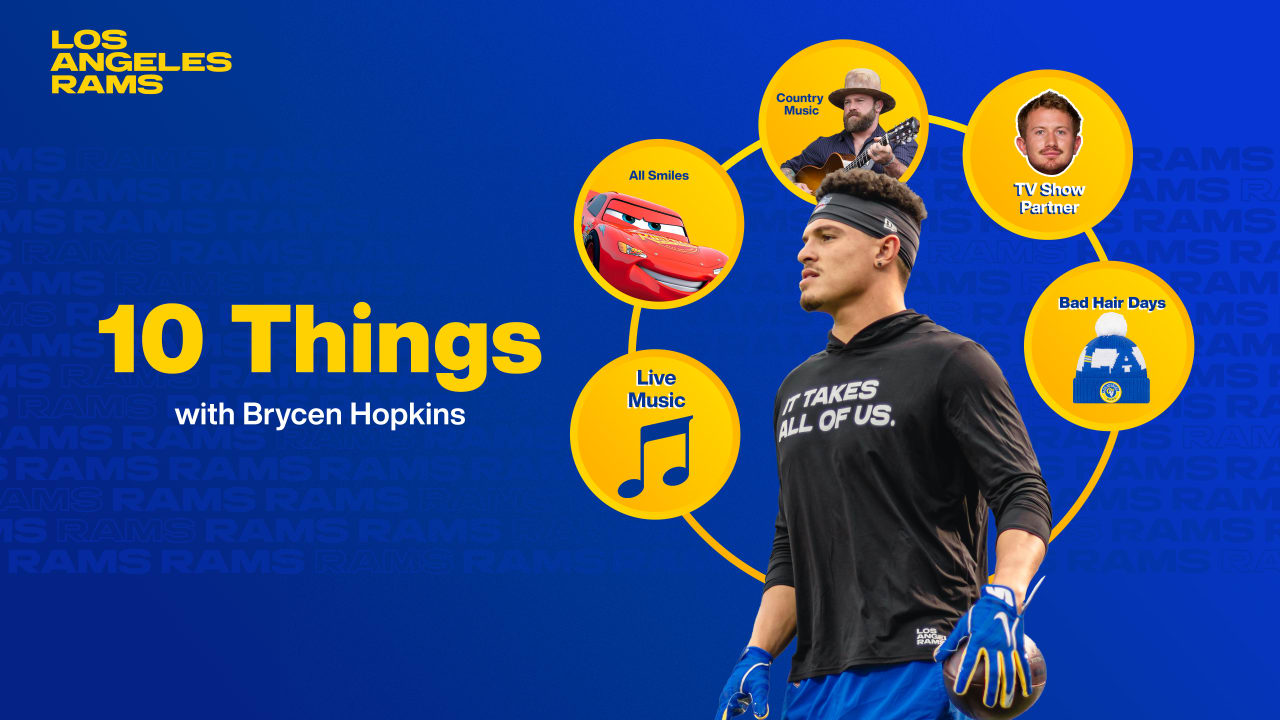
 www.therams.com
www.therams.com


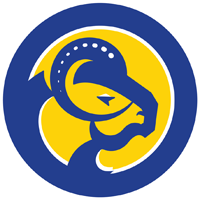

:format(webp):no_upscale()/cdn.vox-cdn.com/uploads/chorus_asset/file/22690672/Screenshot_2021_06_30_021340.jpg)



